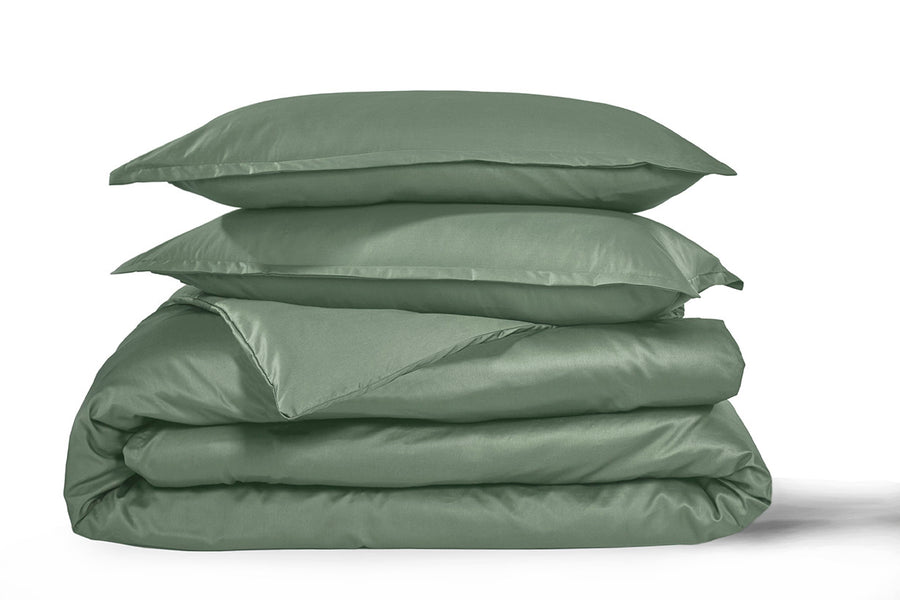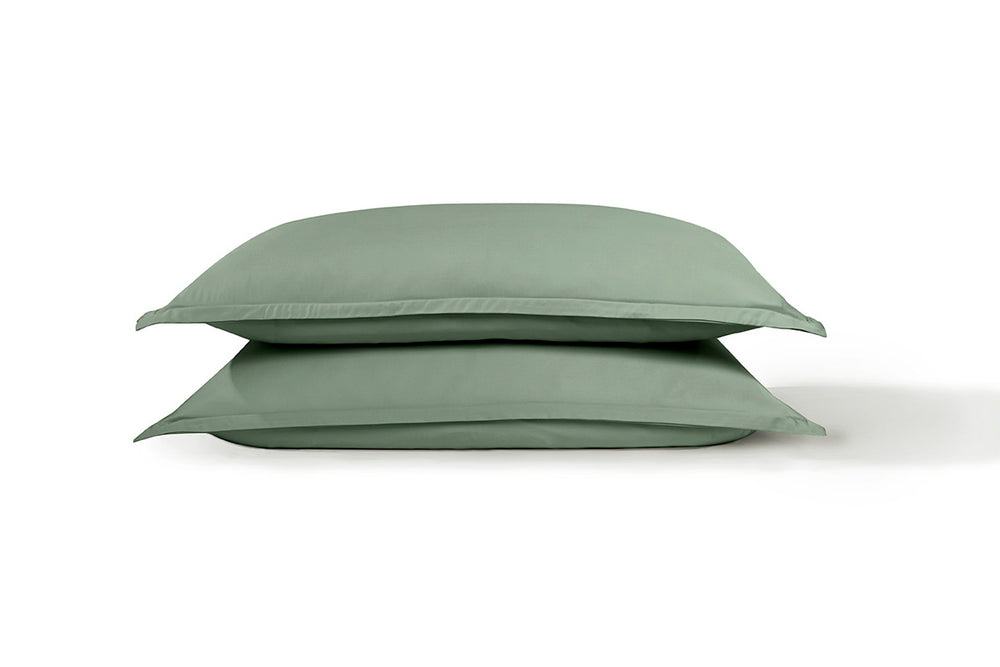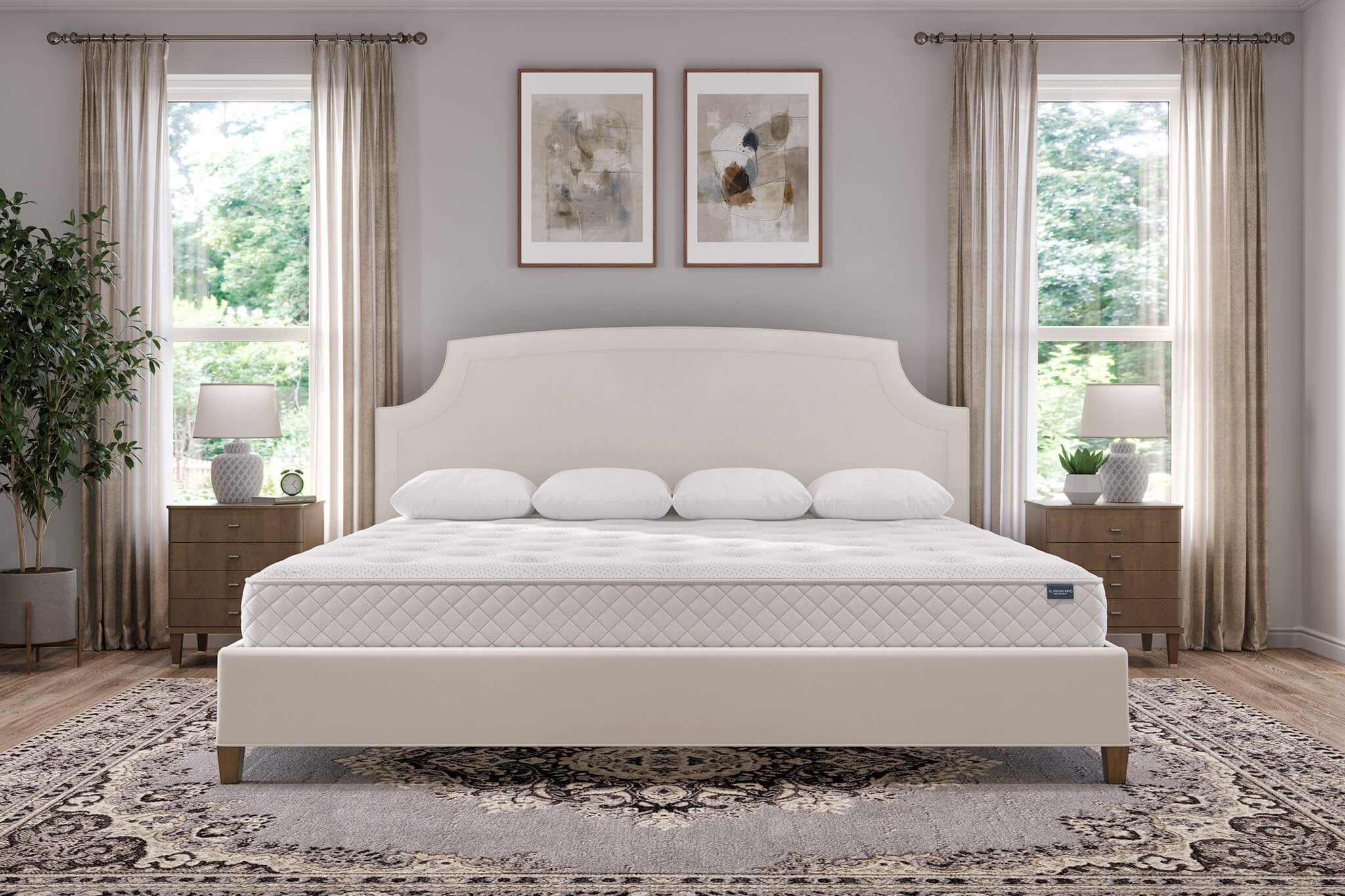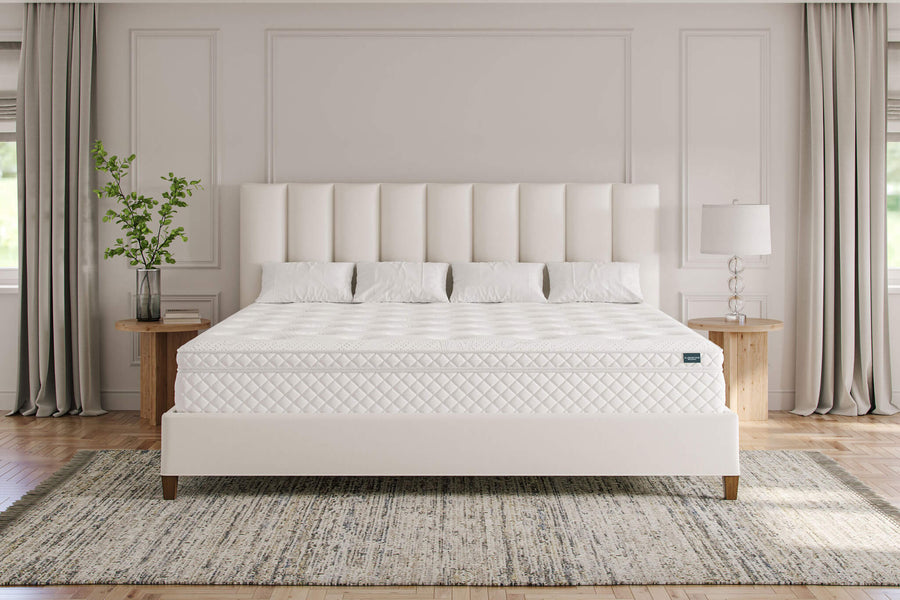How to Co-Sleep Safely: The Guide to Co-Sleeping With Your Baby
Many families choose to co-sleep because it helps them get more sleep, feel safer, and develop a stronger bond with one another. However, the American Academy of Pediatrics (AAP) doesn’t recommend co-sleeping with a baby because it increases the chances of sudden infant death syndrome (SIDS), suffocation, and strangulation. That’s why the AAP advises room sharing for the first six months (preferably one year) of your baby’s life.
After looking at the evidence, co-sleeping with newborns and infants doesn't sound like a good idea. You should wait at least six months (up to a year ideally) before co-sleeping with your baby. However, some sleep scientists believe you can co-sleep without putting your baby at risk.
In this article, we’ll give you some research-backed tips on how to co-sleep safely and what to avoid.

The Benefits of Co-Sleeping
Historically, mothers used to sleep beside or near the baby, which ensured comfort and safety. That way, parents could comfort and feed the baby, allowing everybody to sleep better.
Experts suggest that co-sleeping with a baby leads to lighter sleep, which is a good thing at this early age. That’s because many infants experience instances of sleep apnea where they stop breathing for a few moments. Co-sleeping allows parents to check on their babies easily, enabling infants to recalibrate their breathing. This is vital for preventing SIDS during the first few months of a baby’s life.
Babies and parents tend to sleep longer when co-sleeping, so if you are a new parent, you know how beneficial those extra few minutes can be. In addition, rested parents make better decisions and have more balanced emotions, which leads to better child-parent interactions during the daytime.
The benefits of co-sleeping include:
- Lower chances of postpartum depression
- Less fussing during nighttime
- Easier adjustment to night and day patterns
- More convenient breastfeeding
- Increased feelings of security
- Stronger bonds between the family
- Easy care for the baby’s needs
- Better sleep for everybody
- Support for babies becoming independent sooner
- Supports long-term emotional well-being
Is Co-Sleeping Safe?
A safe sleep environment for your baby is vital because sleep is necessary for proper growth and development during the early life stages. Experts recommend having a separate sleeping space for your baby during the first six months of their life. So, most parents go for a crib, bassinet, or Moses basket. However, some parents decide to co-sleep with their baby because it’s the only thing that works.
Research shows that co-sleeping with an infant increases the chances of SIDS by almost threefold. That’s why the AAP recommends placing a crib or bassinet beside your bed to lower the risk of SIDS. That way, you can feed, comfort, and care for your infant’s needs without compromising their safety.
Once your baby reaches six months of age, you can consider co-sleeping, but you still need to be careful. Below, you’ll find tips on how to co-sleep safely and discover when you shouldn’t co-sleep.
How to Improve Safety While Co-Sleeping
While the AAP warns about the dangers of co-sleeping, other sleep experts have suggested that it is perfectly safe, as long as you take certain precautions. So, here is what you can do to improve your baby’s safety while co-sleeping.
Use a Firm, Flat Surface
You may be tempted to go for a softer mattress, but the firm, flat surface is best for babies. Also, avoid using waterbeds, soft blankets, pillows, or other things that can cause overheating or suffocation.
Place Your Baby on Their Back
Sleeping on the back is the best position for the baby as it helps keep their airways clear and reduces the chances of SIDS. Avoid placing them on their stomach or side.
Make Sure Your Baby Can’t Fall Out of Bed
You need to place your baby safely on the bed, away from the edge. However, avoid putting them between you and your partner because it increases the chances of suffocation and overheating as someone can roll over during the night.
In addition, you should keep your children and other pets away from the baby. That’s why it is best to have a family-sized bed like the Alaskan King, which can comfortably fit the whole family and provide enough space for safe co-sleeping.
Move Your Bed Away From the Wall
You may be tempted to place your bed next to a wall to prevent your baby from falling out. However, they can get trapped between the wall and the bed and injure themselves.
Keep the Adult Bedding Away From the Baby
Only use a tightly fitted sheet, and keep the pillows, blankets, stuffed toys, and adult bedding away from your baby, especially their head. This supports their safety and reduce suffocation and overheating risks.
Stock Up On Pacifiers
You can give a pacifier to your baby during nap and sleep times to give them the feeling of breastfeeding. Although researchers are still unsure about the exact mechanism, it appears that using pacifiers reduces the risk of SIDS.
Tie Up Your Hair
If you have long hair, you need to tie it up to reduce the strangling risk. Also, remove all objects that can interfere with your baby’s safety, like jewelry and necklaces.
Don’t Put Your Baby to Sleep on Sofas or Armchairs
You should avoid sofas, futons, couches, and any pieces of furniture where your baby can fall and slip into a crevice and become stuck. Remember, only use a flat, firm mattress with a tightly fitted sheet.
Who Shouldn’t Co-Sleep?
Sometimes, bed-sharing is not the best idea because it significantly increases the chances of SIDS. If any of the below apply to you, you should consider sleeping on separate surfaces in the same room.
You shouldn’t co-sleep if:
- You smoke
- You are overtired
- You have recently consumed alcohol
- You are under the influence of drugs or medications that make you drowsy
- Your baby was born at low weight (5.5 lbs or less)
- Your baby was born premature (before 37 weeks)
- You or your baby are feeling unwell
- You are extremely obese
Want a Bigger Sleeping Surface?
Having a family-sized bed can contribute a lot towards safe co-sleeping. An oversize mattress like the Alaskan King provides enough space to put a baby far away from the edge without compromising your or your partner’s comfort. In addition, there’s enough room for pets and other children to sleep on the other side of the bed.
Visit our online store and find the perfect Alaskan King bed frame and mattress for your bedroom.








